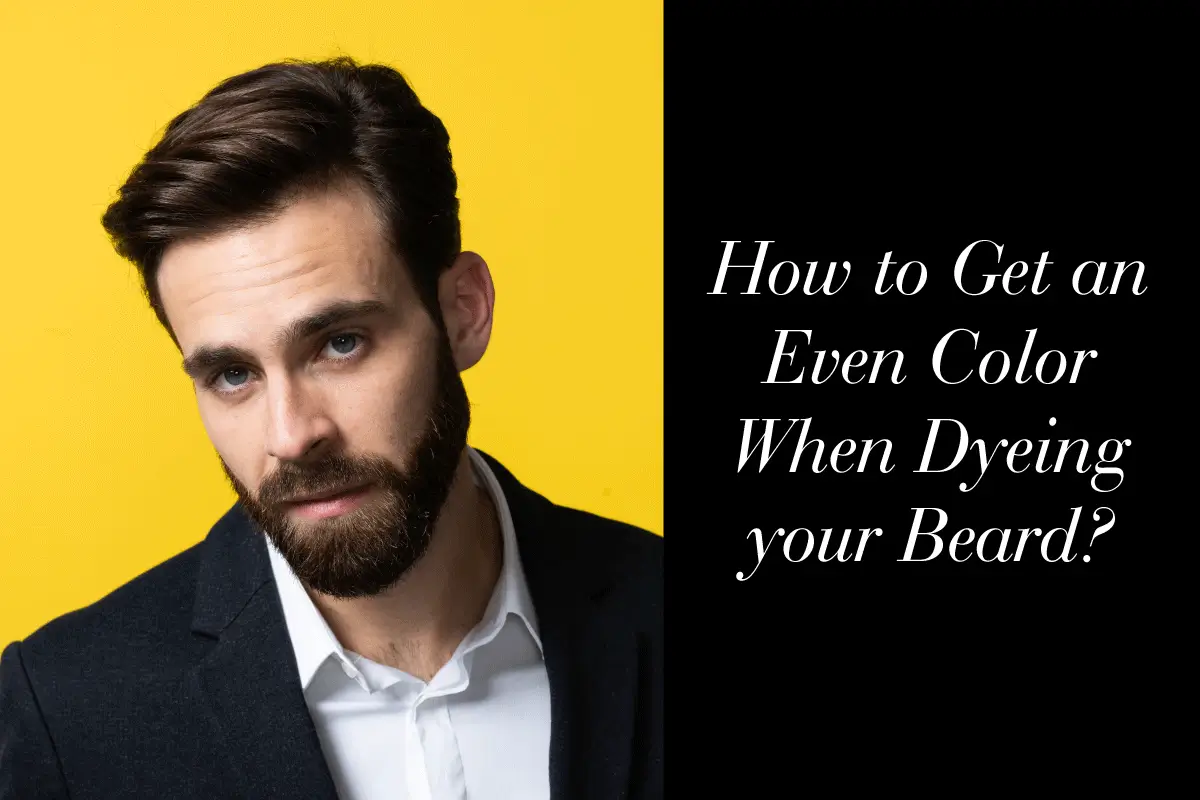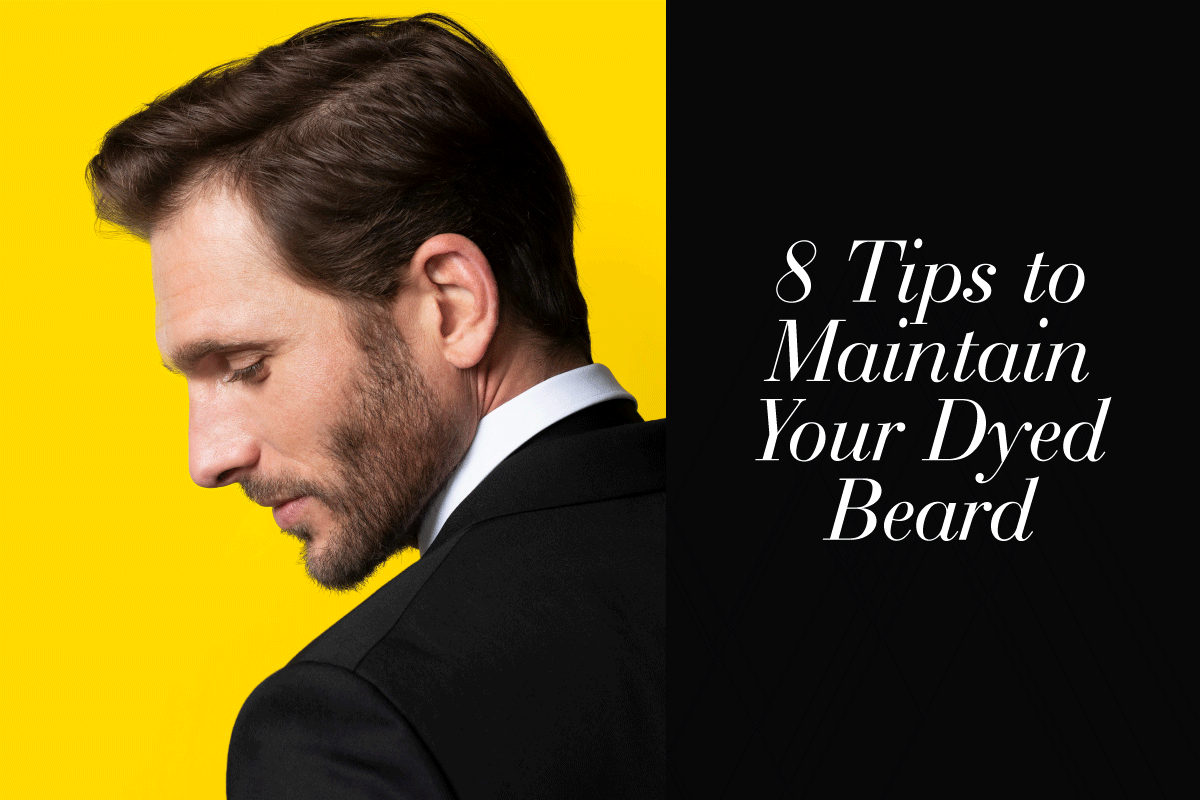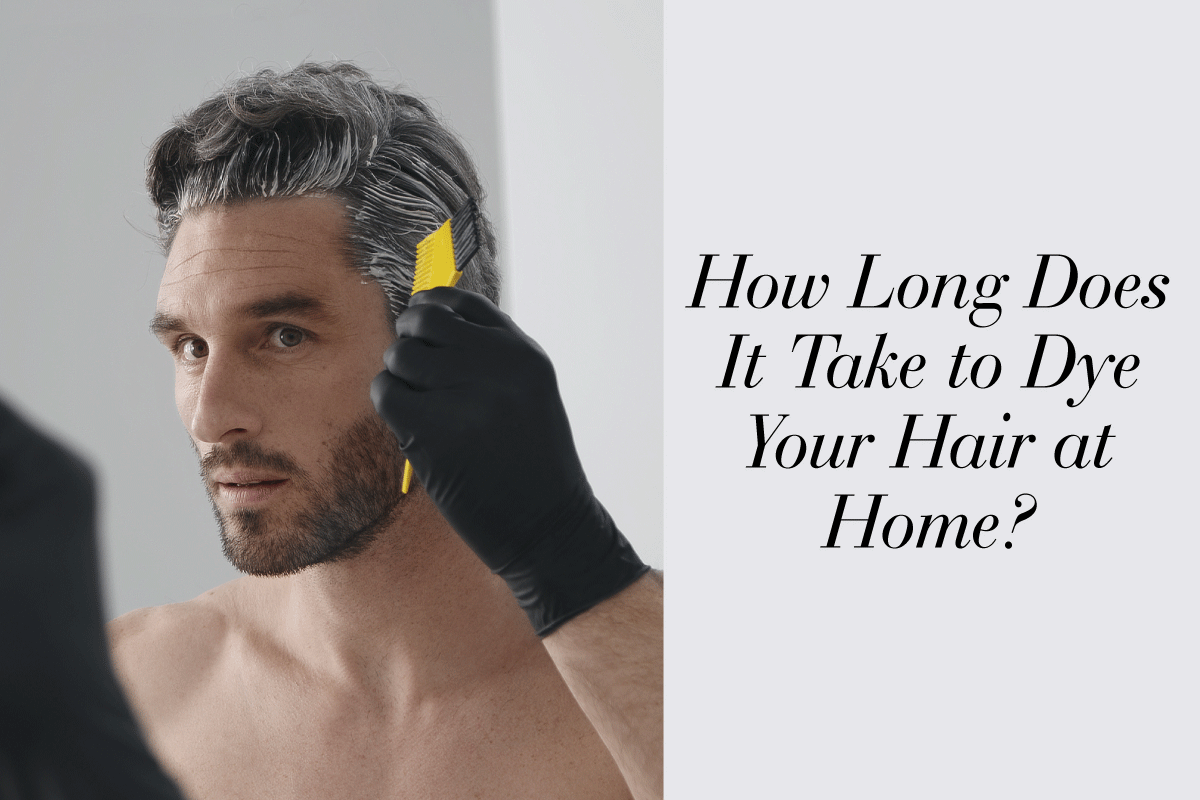The Influence of Music on Hair Trends

Music and subculture have always played a pivotal role in shaping societal trends, and hairstyles are no exception. The relationship between the music we listen to and the way we wear our hair is a testament to the powerful cultural influence of sound and community. From the rebellious mohawks of punk rock to the sleek pompadours of rockabilly, men's hairstyles have been deeply intertwined with musical movements and the subcultures that champion them. Let’s explore how different music genres and subcultures have influenced men's hairstyles throughout history.
Rock 'n' Roll and the birth of the pompadour
In the 1950s, rock 'n' roll emerged as a defining cultural force, and with it came the iconic pompadour. Named after Madame de Pompadour, the mistress of King Louis XV, this hairstyle was characterized by its high, voluminous front and slicked-back sides. Elvis Presley, often referred to as the King of Rock 'n' Roll, popularized the pompadour, making it a symbol of youthful rebellion and musical innovation. The style required significant maintenance, with regular use of pomade or hair gel to keep the hair in place, reflecting the meticulous yet carefree attitude of the rock 'n' roll subculture.
The British invasion and the Mod movement
The 1960s saw the rise of the British Invasion, with bands like The Beatles and The Rolling Stones leading the charge. Alongside this musical revolution, the Mod (short for Modernist) subculture emerged in the UK. Mods favored a clean, sharp aesthetic, and this was reflected in their hairstyles. The Beatle haircut, also known as the mop-top, featured straight, medium-length hair with a fringe that covered the forehead. This look was a stark departure from the greased-back styles of the previous decade and became synonymous with the progressive, fashionable Mod movement.
Punk rock and the mohawk
The late 1970s introduced punk rock, a genre defined by its raw energy and anti-establishment ethos. Punk subculture embraced an aggressive, DIY approach to fashion and grooming, which was epitomized by the mohawk hairstyle. The mohawk, with its shaved sides and strip of spiked hair running down the center of the head, became a symbol of defiance and individuality. Bands like The Sex Pistols and The Ramones sported this look, cementing it as an enduring image of punk rebellion. Achieving the perfect mohawk often involved using strong-hold hair products and even egg whites to keep the spikes standing tall.
New wave and the asymmetrical cut
As punk evolved into the 1980s, the New Wave movement brought a more eclectic and experimental approach to both music and fashion. Influenced by the glam rock of the 1970s and the burgeoning electronic music scene, New Wave artists like David Bowie and Duran Duran sported asymmetrical haircuts that pushed the boundaries of conventional style. These haircuts featured uneven lengths, bold colors, and sharp angles, reflecting the avant-garde and futuristic sensibilities of the New Wave subculture.
Hip hop and the fade
The late 1980s and early 1990s witnessed the rise of hip hop, a genre that not only revolutionized music but also left a lasting impact on fashion and grooming. The fade haircut, characterized by its gradual transition from short to longer hair, became a staple within the hip hop community. This style was popularized by artists like Will Smith and Tupac Shakur and represented a polished, yet versatile look that could be adapted to various personal tastes. The fade remains a popular choice today, with modern variations including the high top fade and the temp fade.
Grunge and the disheveled look
In stark contrast to the meticulous styles of previous decades, the 1990s grunge movement embraced a more disheveled and unkempt look. Originating in Seattle, grunge was defined by its raw, unpolished sound, and this aesthetic extended to hairstyles as well. Bands like Nirvana and Pearl Jam led the charge with their long, tousled hair that required minimal maintenance. The grunge look was a reaction against the over-stylized and commercialized trends of the 1980s, reflecting a desire for authenticity and simplicity.
Emo and the side-swept bangs
The early 2000s saw the emergence of the emo subculture, which was heavily influenced by punk and goth. Emo music, characterized by its emotional and confessional lyrics, brought with it a distinctive hairstyle: side-swept bangs covering one eye, often paired with dyed black or brightly colored hair. Bands like My Chemical Romance and Fall Out Boy epitomized this look, which conveyed a sense of introspection and rebellion. The emo hairstyle required careful styling, often involving straighteners and hairspray to achieve the desired effect.
Modern influences and hybrid styles
Today, men's hairstyles continue to be influenced by a fusion of musical genres and subcultures. The internet and social media have accelerated the cross-pollination of styles, allowing for more diverse and personalized expressions of identity. From the man bun and undercut inspired by indie and electronic music scenes to the vibrant, unconventional colors popularized by K-pop, contemporary hair trends reflect a global tapestry of influences.



